Adding nanotechnology-based optoelectronic sensors to human cells cultured on a chip keeps the cells healthy long enough to replace animal testing with a human liver-on-a-chip.
Nanotechnology provides sensors for liver-on-chip drug testing
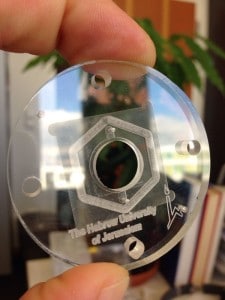

Adding nanotechnology-based optoelectronic sensors to human cells cultured on a chip keeps the cells healthy long enough to replace animal testing with a human liver-on-a-chip.
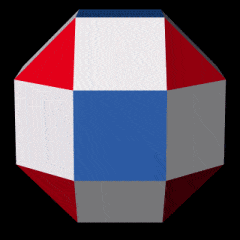
A new set of design rules enables constructing any wireframe nanostructure, which may lead to new medical applications and new nanomachines.
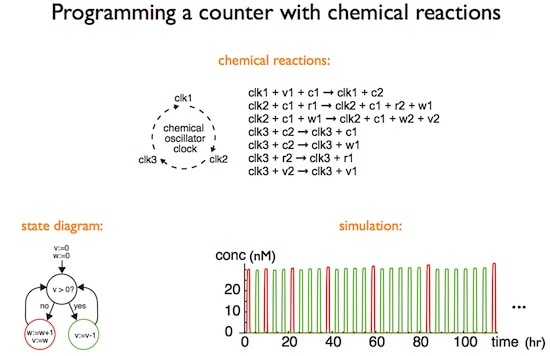
Modeling DNA strand displacement cascades according to three simple rules can in principle mimic the temporal dynamics of any other chemical system, presenting a method to model regulatory networks even more complicated than those of biology.

Functional ribosomes with subunits engineered to not separate at the completion of each protein translation cycle make possible engineering systems to make a variety of novel polymers with novel properties.
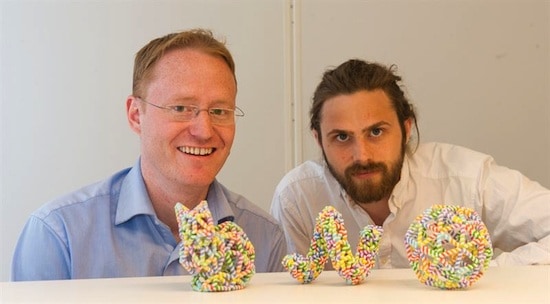
An automated design process folds arbitrary meshes to produce DNA origami structures difficult to design by previous methods, including more open structures that are stable in ionic conditions used in biological assays.

Nanobreadboards made of DNA bricks provide twice the positional precision, twice the packing density, and faster prototyping than do alternative means to arrange functional molecules.

Recent research demonstrates that certain non-aqueous solvents can not only be used to assemble DNA nanostructures, but offer certain advantages over conventional aqueous solvents.
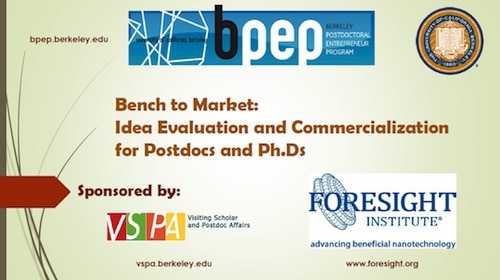
To educate potential entrepreneurs on strategies for moving discoveries from the benchtop to successful commercialization, Foresight co-sponsored an event in the “Ph.D. to Startup” Workshop Series of the Berkeley Postdoc Entrepreneur Program.
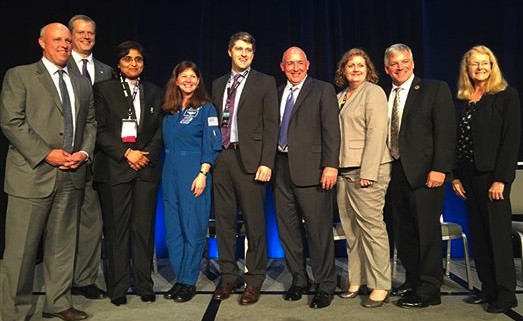
Technology developed by Nanobiosym, founded by Anita Goel, to enable personalized diagnostic testing won the Grand Prize of the Nokia Sensing XCHALLENGE in 2013, and this month was awarded the top prize in the Galactic Grant Competition.
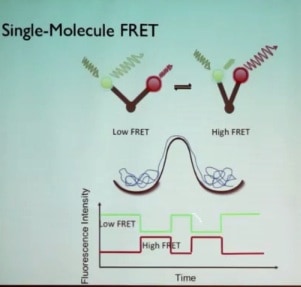
At the 2013 Conference Joseph Puglisi described how single molecule fluorescence techniques were used to study changes in the conformation and composition of the ribosome, a large biomolecular nanomachine, during the process of translation of genetic information.